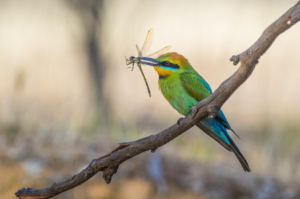
(par 3 .2 ) Flow of Energy in the Cycles of the Ecosystem
Overview The main concepts we are trying to get across in this section concern how energy moves through an ecosystem. If you can understand this,

Overview The main concepts we are trying to get across in this section concern how energy moves through an ecosystem. If you can understand this,

http://www.heavingdeadcats.com/2010/02/08/evolution-before-darwin/ Contrary to many assumptions, evolutionary theory did not begin in 1859 with Charles Darwin and The Origin of Species. Rather, evolution-like ideas had existed

Nature, the master engineer: Mechanical devices nature ‘invented’ first https://interestingengineering.com/lists/mechanical-devices-nature-invented-first From basic levers to more advanced mechanical devices like pumps, nature beat us by a

http://www.scienceandreligiontoday.com/2010/04/15/where-do-the-laws-of-nature-come-from/ From Robert Lawrence Kuhn, host and creator of Closer To Truth: I live my life, plan and do, worry and wonder. But whenever I slow down,
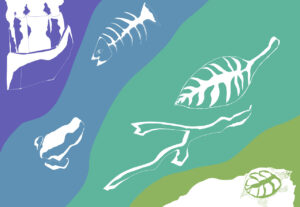
Energy in Ecosystems http://en.wikibooks.org/wiki/Ecology/Energy_in_ecosystems An example of the concept of energy flow through trophic levels of a food chain. There are several different factors that

http://kids.britannica.com/comptons/article-200192/energy In the early 19th century the Industrial Revolution was well underway. The many newly invented machines of the time were powered by the burning
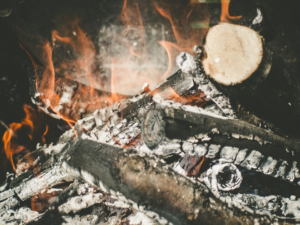
The Second Law Again Let’s start by summarizing what we know so far (see previous page): The Second Law of Thermodynamics tells us that energy

http://schoolworkhelper.net/biotic-and-abiotic-factors-influence-on-ecosystems/ Both abiotic and biotic factors determine both where an organism can live and how much a population can grow. A limiting factor is a factor that

https://en.wikipedia.org/wiki/Algal_bloom From Wikipedia, the free encyclopedia Taken in October 2011, the worst algae bloom that Lake Erie has experienced in decades. Record torrential spring rains washed fertilizer

http://www.universityherald.com/articles/13661/20141207/prescribed-drugs-in-the-environment-may-affect-plant-growth.htm Dec 07, 2014 03:37 AM EST Photo : Dr. Edwino S. Fernando) The growth of edible crops can be affected by a range of

Patterns In Nature: Barry Commoner’s Holocenosis http://www.patternsinnature.org/blog/2013/patterns-in-nature-barry-commoners-holocenosis/ Posted by William Graham on Jan 1, 2013 in Just Patterns How completely everything in wild nature fits into us, as
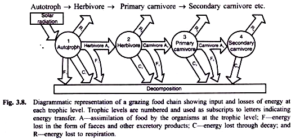
The Energy Cycle in an Ecosystem by Mara Dolph, Demand Media http://everydaylife.globalpost.com/energy-cycle-ecosystem-29423.html Energy is something that every living thing needs and must obtain to stay

http://en.wikipedia.org/wiki/Detritus From Wikipedia, the free encyclopedia In biology, detritus (pronounced dee-try-tus) is non-living particulate organic material (as opposed todissolved organic material). It typically includes the bodies or fragments of dead organisms as
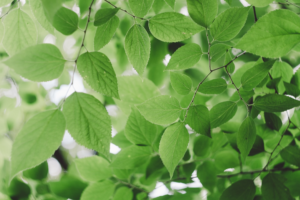
What is photosynthesis? http://en.wikibooks.org/wiki/Biology,_Answering_the_Big_Questions_of_Life/Photosynthesis Photosynthesis is a process used by plants and other organisms to convert light energy, normally from the Sun, into chemical energy
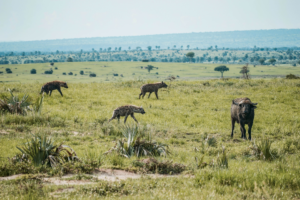
How to Describe the Parts of an Ecosystem by Kari Norborg Carter, Demand Media http://everydaylife.globalpost.com/describe-parts-ecosystem-36131.html The body of a higher animal, such as a mammal,

https://www.le.ac.uk/se/centres/sci/selfstudy/eco3.htm The main species typical of a particular habitat are called indicator species. Each habitat has its own diverse and characteristic assemblage of interacting living organisms
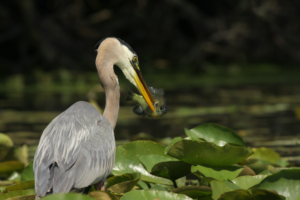
http://en.wikipedia.org/wiki/Trophic_level Trophic levels and Biomass The trophic level of an organism is the position it occupies on the food chain. The word trophic derives from
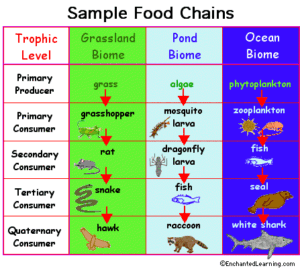
http://www.ducksters.com/science/ecosystems/food_chain_and_web.php Every living plant and animal must have energy to survive. Plants rely on the soil, water, and the sun for energy. Animals rely on plants
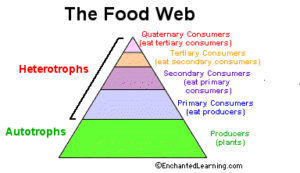
Food Chains and Food Webs “What’s for dinner?” http://www.enchantedlearning.com/subjects/foodchain/ Every organism needs to obtain energy in order to live. For example, plants get energy from
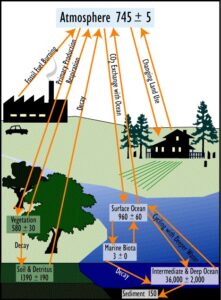
http://homepages.nyu.edu/~pet205/biogeochem1.html BIOGEOCHEMICAL CYCLES Biogeochemical Cycle : the cycling of chemical elements required by life between the living and nonliving parts of the environment. Some examples

http://en.wikibooks.org/wiki/Ecology/Biogeochemical_cycles Planet earth from space In the previous chapter on environmental response, we considered the various ways that individual organisms respond to the physical, chemical, and/or

http://www.uen.org/themepark/cycles/nature.shtml Nature’s cycles have to do with how the earth renews itself. The living things within an ecosystem interact with each other and also with
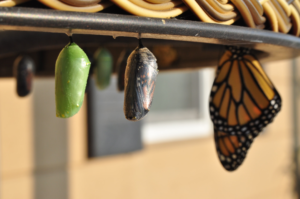
http://www.uen.org/themepark/cycles/nature.shtml Nature’s cycles have to do with how the earth renews itself. The living things within an ecosystem interact with each other and also with

http://www.geography4kids.com/files/cycles_energy.html Energy does not cycle the way nutrients and atoms do. Energy enters the ecosystem from the Sun and exits after the organisms have taken as much
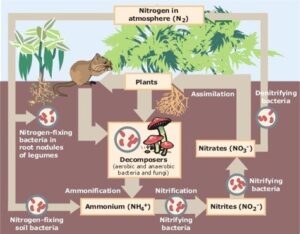
(Sources: http://www.bbc.co.uk/schools/gcsebitesize/geography/ecosystems/index.shtml & http://en.wikipedia.org/wiki/Biogeochemical_cycle ) Ecosystem Cycles: Energy and Nutrient Transfers All ecosystems depend on two important processes: The flow of energy, and the recycling of nutrients. These processes

In Nature everything is circulated. The two broad categories of global cycles are sedimentary and biological. A short but insightful article. http://www.libraryindex.com/pages/3191/Biogeochemical-Cycles.html The chemical elements

http://www.nwrfc.noaa.gov/info/water_cycle/hydrology.cgi This is an education module about the movement of water on the planet Earth. The module includes a discussion of water movement in the
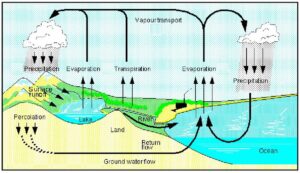
The Hydrological Cycle (also known as the water cycle) is the journey water takes as it circulates from the land to the sky and back again.
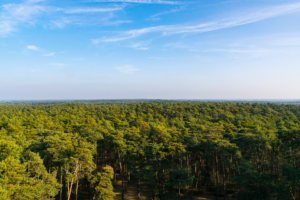
http://www.independent.co.uk/environment/carbon-dioxide-accumulates-as-seas-and-forests-struggle-to-absorb-it-9722224.html Carbon dioxide is being accumulated in the atmosphere at the fastest rate since records began, as scientists warn that the oceans and forests may
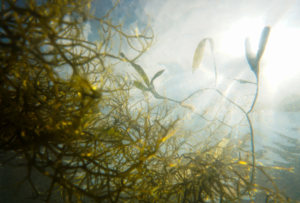
Greenhouse Gases Hit Record High Amid Fears of CO2 Saturation Point http://news.nationalgeographic.com/news/2014/09/140909-record-greenhouse-gases-carbon-sinks-global-warming-ocean/ Data suggest natural “carbon sinks” may be nearing exhaustion, say some scientists, although
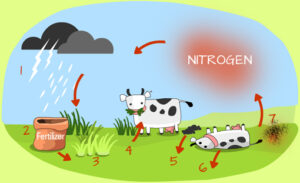
http://eschooltoday.com/ecosystems/the-nitrogen-cycle.html Nitrogen is also key in the existence of ecosystems and food chains. Nitrogen forms about 78% of the air on earth. But plants do

http://eschooltoday.com/ecosystems/the-carbon-cycle.html The carbon cycle is very important to all ecosystems, and ultimately life on earth. The carbon cycle is critical to the food chain. Living

http://www.edu.pe.ca/southernkings/igneousjj.htm The rock cycle is an ongoing process, beginning as rocks are pushed up by tectonic forces, and eroded by wind and rain. The eroded
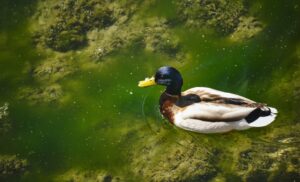
Short-circuiting the phospherous cycle http://sciblogs.co.nz/crikey-creek/2009/10/09/p-addiction-overdose-and-eutrophication/ P addiction, overdose and eutrophication Daniel Collins We have an addiction problem. The craving for P goes right down to

by Joseph West, Demand Media http://everydaylife.globalpost.com/recycling-matter-ecosystem-34660.html Undisturbed natural ecosystems are able to maintain a vibrant diversity of life because they incorporate intricate recycling systems that

http://www.biologydiscussion.com/ecosystem/energy-flow-in-an-ecosystem-with-diagram/6740 Energy has been defined as the capacity to do work. Energy exists in two forms potential and kinetic. Potential energy is the energy at

Biological Systems are highly ordered. How does it square up with Enthropy? http://hyperphysics.phy-astr.gsu.edu/hbase/thermo/bioentropy.html#c1 Energy and Order in Biological Systems The concept of entropy and the
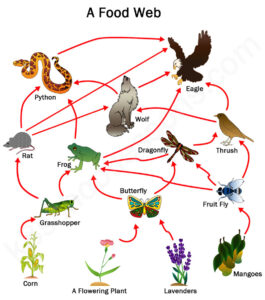
http://en.wikipedia.org/wiki/Food_web From Wikipedia, the free encyclopedia A food web (or food cycle) is the natural interconnection offood chains and generally a graphical representation (usually an image) of what-eats-what in

http://www.marietta.edu/~biol/102/ecosystem.html Overview The main concepts we are trying to get across in this section concern how energy moves through an ecosystem. If you can understand

The Flow of Energy in Ecosystems – Productivity, Food Chain, and Trophic Level As was explained in the last subchapter, the flow of energy is
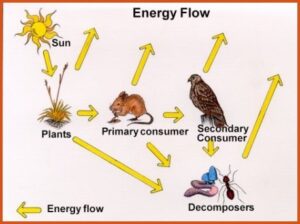
Ecosystem processes affected by sunlight http://www.bcgrasslands.org/grasslands/ecosystemprocesses.htm Ecosystem Processes Energy Flow (from the sun through the system) is the “power” of the system. Water cycling and
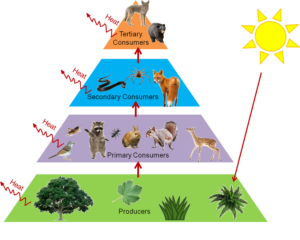
http://www.econguru.com/fundamentals_of_ecology/ecosystems.html Ecosystems An ecosystem extends a community by involving also the abiotic environment, that is, the physical and chemical environment. Energy flow and nutrient cycling(cycling

http://www.biologydiscussion.com/ecosystem/energy-flow-in-an-ecosystem-with-diagram/6740 Energy has been defined as the capacity to do work. Energy exists in two forms potential and kinetic. Potential energy is the energy at

http://en.wikibooks.org/wiki/Ecology/Energy_in_ecosystems An example of the concept of energy flow through trophic levels of a food chain. There are several different factors that control the primary

http://www.biologie.uni-hamburg.de/b-online/e54/54c.htm The Flow of Energy in Ecosystems – Productivity, Food Chain, and Trophic Level As was explained in the last subchapter, the flow of energy
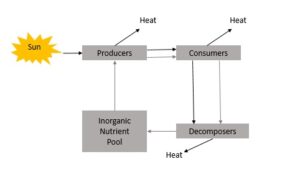
Biomass & availability of energy http://www.marietta.edu/~biol/102/ecosystem.html Overview The main concepts we are trying to get across in this section concern how energy moves through an
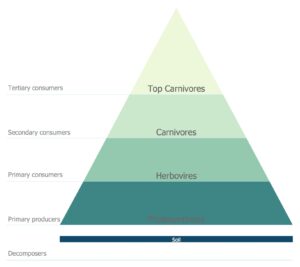
Ecosystems & Energy-flow http://www.econguru.com/fundamentals_of_ecology/ecosystems.html Ecosystems An ecosystem extends a community by involving also the abiotic environment, that is, the physical and chemical environment. Energy flow
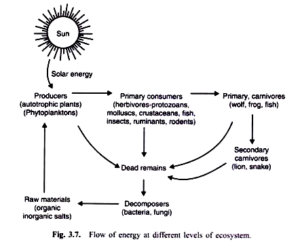
Energy Flow in an Ecosystem http://www.biologydiscussion.com/ecosystem/energy-flow-in-an-ecosystem-with-diagram/6740 Energy has been defined as the capacity to do work. Energy exists in two forms potential and kinetic. Potential
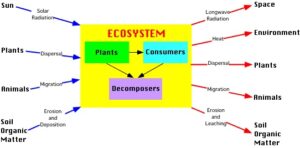
http://www.mansfield.ohio-state.edu/~sabedon/campbl54.htm FLOW OF ENERGY THROUGH ECOSYSTEMS (1) Ecosystem (a) “An ecosystem consists of all the organisms living in a community as well as all the abiotic

Primary production Main article: Primary production Primary production is the synthesis of new organic material from inorganic molecules such as H2O and CO2. It is dominated by the process of photosynthesis which
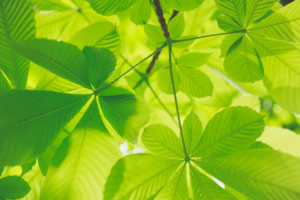
What Is an Autotroph? Explanation & Examples http://www.brighthubeducation.com/science-homework-help/109894-examples-of-autotrophs-plants-algae-and-bacteria/ Written by: Jarod Saucedo Edited by: Amanda Grove Updated: 10/17/2014 An autotroph is a being that can

Secondary production Secondary production is the generation of biomass of heterotrophic (consumer) organisms in a system. This is driven by the transfer of organic material between trophic levels, and represents

Biocapacity http://en.wikipedia.org/wiki/Biocapacity From Wikipedia, the free encyclopedia Biocapacity stands for biological capacity. The biological capacity of an ecosystem is dependent on its production of useful biological materials and
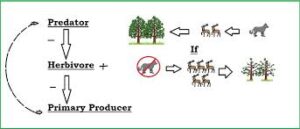
http://www.wildliferanching.com/content/grazing-capacity-game G.N. Smit Department of Animal, Wildlife and Grassland Sciences, University of the Free State, P.O. Box 339, Bloemfontein 9300 Introduction The basic requirement of management
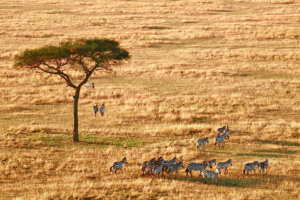
http://en.wikipedia.org/wiki/Community_(ecology) From Wikipedia, the free encyclopedia (Redirected from Community ecology) “Ecological community” redirects here. For human community organized around economic and ecological sustainability, see ecovillage. Interspecific interactions
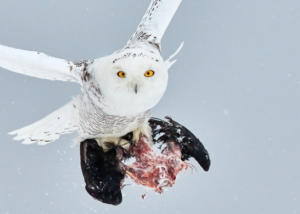
http://en.wikipedia.org/wiki/Predation CANNIBALISM & PREDATION Predation Contents • 1 Functional classification o 1.1 True predation o 1.2 Grazing o 1.3 Parasitism o 1.4 Parasitoidism • 2 Degree of specialization • 3 Trophic level
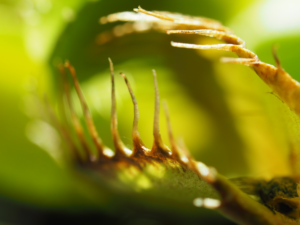
Content 1 Introduction: Predation 2 Carnivory 3 Herbivory 1 Modeling Herbivory 4 Parasitism and Mutualism 5 Prey Defenses 6 Predation 1 Mimicry 1.1 Batesian Mimicry 1.2 Müllerian Mimicry 2 Plant Defenses 7 Predator-Prey Models 1. Introduction: Predation

Feeding habits Feeding habits describe the dominant diet of a particular species or group of species, and how they go about obtaining it. Carnivorous Carnivores
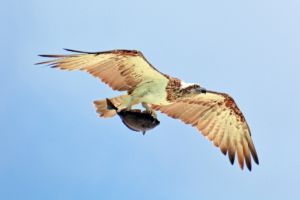
http://www.globalchange.umich.edu/globalchange1/current/lectures/predation/predation.html Trophic Links: Predation and Parasitism We wish to learn: • how predators affect prey populations, and vice-versa • what stabilizes predator-prey interactions and prevents their collapse
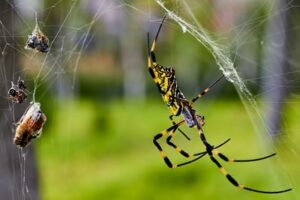
http://www.eoearth.org/article/Predation Predation Published: December 28, 2009, 3:50 pm Lead Author: Mark McGinley Contributing Author: J. Emmett Duffy This article has been reviewed by the following

1 Cronyism http://en.wikipedia.org/wiki/Cronyism Cronyism is partiality to long-standing friends, especially by appointing them to positions of authority, regardless of their qualifications. Hence, cronyism is contrary
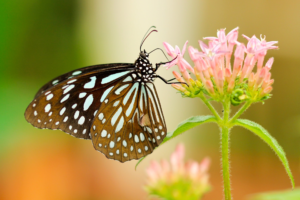
http://www.nature.com/scitable/knowledge/library/mighty-mutualisms-the-nature-of-plant-pollinator-13235427 By: Carol L. Landry (Department of Evolution, Ecology, and Organismal Biology, The Ohio State University) © 2010 Nature Education Citation: Landry, C. (2010) Mighty Mutualisms: The Nature of Plant-pollinator Interactions. Nature Education Knowledge 3(10):37 Mutualistic
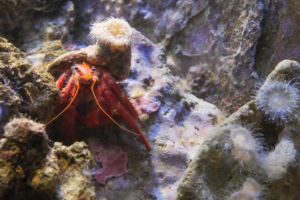
http://www.ms-starship.com/sciencenew/symbiosis.htm Dave Abbott Dip. Marine Studies [NZ] May 2000.Symbiosis Symbiosis basically means ‘living together’ and in the context of marine biology refers to a close
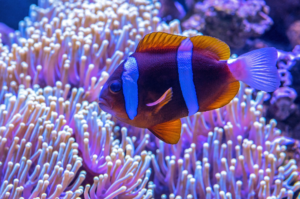
http://en.wikipedia.org/wiki/Symbiosis Symbiosis (mutualism, commensalism, amensalism) In a symbiotic commensalism, the clownfish feeds on small invertebrates which otherwise potentially could harm the sea anemone, and the
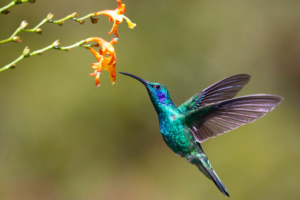
http://www.ms-starship.com/sciencenew/symbiosis.htm Dave Abbott Dip. Marine Studies [NZ] May 2000.Symbiosis Symbiosis basically means ‘living together’ and in the context of marine biology refers to a close

http://en.wikipedia.org/wiki/Symbiosis Symbiosis (mutualism, commensalism, amensalism) In a symbiotic commensalism, the clownfish feeds on small invertebrates which otherwise potentially could harm the sea anemone, and the

http://en.wikibooks.org/wiki/Ecology/Parasitism This is an example of a parasite that can cause Chagas disease Parasitism is a form of living in which two organisms that are phylogenically
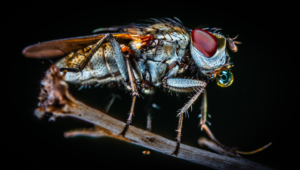
Behavioural pattern Behavioural pattern describes an animal’s dominant way of life. Arboreal animals, for example, live in trees and nocturnal animals are active at night.

http://www.iol.co.za/scitech/science/environment/study-sheds-light-on-mass-beachings-1.1488284 March 18 2013 at 03:30pm Auckland – Whales that beach themselves in large groups are not all members of the same family, a study

Study sheds light on mass beachings http://www.iol.co.za/scitech/science/environment/study-sheds-light-on-mass-beachings-1.1488284 Auckland – Whales that beach themselves in large groups are not all members of the same family, a
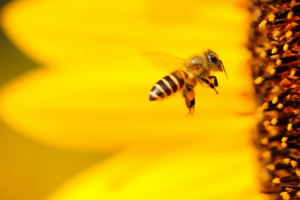
http://en.wikibooks.org/wiki/Ecology/Resource_Competition Contents 1 Population Growth 2 Competition Types 3 Modeling Interspecific Competition 4 Kin Competition 5 Competition Infocus 1. Population Growth The butterfly is an example of a species where
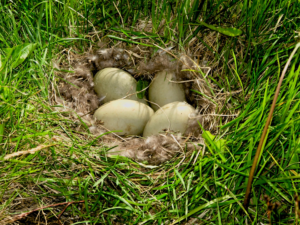
http://www.bbc.co.uk/nature/adaptations Adaptations help organisms survive in their ecological niche or habitat; adaptations can be anatomical, behavioural or physiological. Anatomical adaptations are physical features such as

http://www.bbc.co.uk/nature/adaptations PLEASE REFER TO BBC WEBSITE FOR ILLUSTRATIVE PHOTOGRAPHS Adaptations help organisms survive in their ecological niche or habitat; adaptations can be anatomical, behavioural or
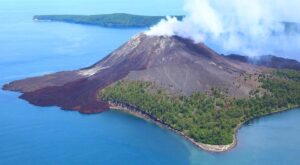
Ecological Homeostasis http://en.wikipedia.org/wiki/Homeostasis The concept of homeostasis is central to the topic of Ecological Stoichiometry. There, it refers to the relationship between the chemical composition of
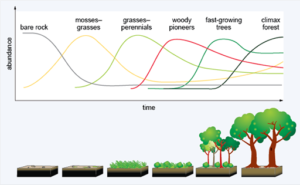
http://en.wikipedia.org/wiki/Ecological_succession From Wikipedia, the free encyclopedia Succession after disturbance: a boreal forest one year (left) and two years (right) after a wildfire. Ecological succession is the observed process of change
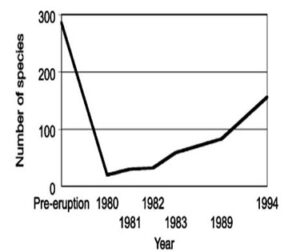
Succession: A Closer Look http://www.nature.com/scitable/knowledge/library/succession-a-closer-look-13256638 By: Sarah M. Emery (Department of Biology, University of Louisville) © 2010 Nature Education Citation: Emery, S. (2010) Succession: A Closer Look. Nature Education Knowledge 3(10):45 What do volcanoes, glaciers, sand
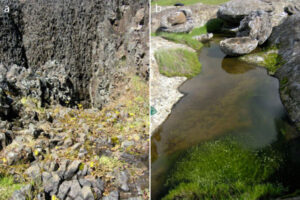
http://www.nature.com/scitable/knowledge/library/successional-changes-in-communities-13261649 By: Jamie M. Kneitel (Department of Biological Sciences, California State University) © 2010 Nature Education Citation: Kneitel, J. (2010) Successional Changes in Communities. Nature Education Knowledge 3(10):41 In the field of ecology, community composition changes
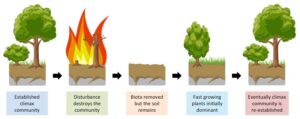
http://www.wildernesscollege.com/ecosystem-succession.html Ecosystem succession, also called “ecological succession,” is the process through which a natural community of plants and animals changes after a disturbance. It is

http://www.barrameda.com.ar/ecology/the-ecosystem.htm Towards 1950 the ecologists elaborated the scientific notion of ecosystem, defining it as the unit of study of ecology. In agreement with such definition,
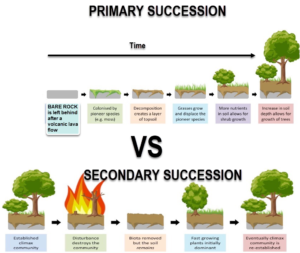
The concept of succession was first clearly put forth by Clements (1916). The classical use of the term involves three fundamental concepts (after Mitsch and Gosselink, 1986):

From Wikipedia, the free encyclopedia The Daintree Rainforest in Queensland, Australia is an example of a climax forest ecosystem. In ecology, climax community, or climatic climax community, is a historic term that

Introduction Succession is a directional non-seasonal cumulative change in the types of plantspecies that occupy a given area through time. It involves the processes of colonization, establishment, and
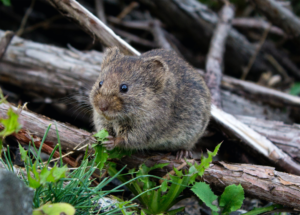
http://www.iol.co.za/scitech/science/environment/marion-island-s-plague-of-mice-1.1563686 August 17 2013 at 09:00am By John Yeld NO HOPE: Seabird expert Andrea Angel examines a six-month-old Wandering Albatross chick on Gough Island that

http://en.wikibooks.org/wiki/Ecology/Community_succession_and_stability A community can be defined simply as the assemblage of the various species populations occupying the same place at the same time. (See chapter 4 for

http://en.wikipedia.org/wiki/Ecological_stability From Wikipedia, the free encyclopedia Ecological stability can refer to types of stability in a continuum ranging from resilience (returning quickly to a previous state) to constancy
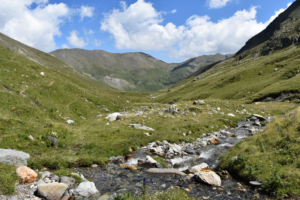
http://en.wikibooks.org/wiki/Ecology/Species_Richness_and_Diversity Contents 1 Species Diversity Introduction 2 Abiotic Species Diversity Hypotheses 3 Biotic Species Diversity Hypotheses 4 Rapoport’s Rule 5 Diversity Measurements 1. Species Diversity Introduction Species Richness (s) is a
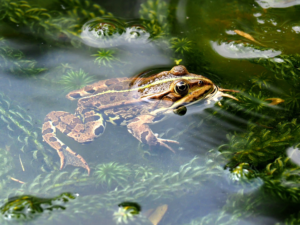
http://www.dw.de/change-in-the-environment-ask-an-indicator-species/a-18009616 Indicator species such as pikas or frogs can signal a biological change in an ecosystem and can be used to diagnose its overall health,

http://en.wikipedia.org/wiki/Homeostasis Homeostasis Homeostasis (from Greek: ὅμοιος, hómoios, “similar”; and στάσις, stásis, “standing still”; defined by Claude Bernard and later by Walter Bradford Cannon in 1926,

http://www.biology4kids.com/files/systems_regulation.html Homeostasis is a term that is used to both describe the survival of organisms in an ecosystem and to describe the successful survival of
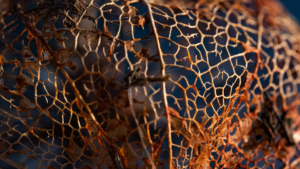
http://www.wisegeek.com/what-is-equilibrium.htm Equilibrium is a state in which no net change is occurring. Something in a state of equilibrium could be considered to be stable, balanced,

by Kari Norborg Carter, Demand Media http://everydaylife.globalpost.com/happens-something-disrupts-ecosystem-38354.html Ecosystems are dynamic, ever-changing communities of interdependent organisms and their environment. When disaster strikes, natural ecosystems can be

http://en.wikipedia.org/wiki/Genetic_diversity From Wikipedia, the free encyclopedia Genetic diversity, the level of biodiversity, refers to the total number of genetic characteristics in the genetic makeup of a species. It
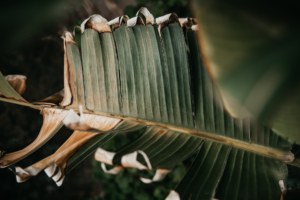
http://www.natureworldnews.com/articles/10385/20141115/plants-less-prepared-drought-experts-thought.htm By Brian Stallard Nov 15, 2014 11:29 PM EST As extreme weather patterns continue to change with the global climate and shifting trade winds, drought
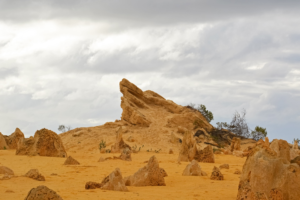
http://en.wikipedia.org/wiki/Main_Page From Wikipedia, the free encyclopedia Lake and Mulga ecosystems with alternative stable states[1] In ecology, resilience is the capacity of an ecosystem to respond to a perturbation or disturbance by resisting

http://www.abc.net.au/environment/articles/2015/03/02/4185527.htm Nardine Groch ABC Environment 2 Mar 2015 Mallee emu-wrens became locally extinct after fire raced through their habitat. Scientists warn that the wrong fire
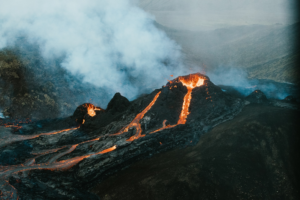
http://en.wikipedia.org/wiki/Disturbance_(ecology) From Wikipedia, the free encyclopedia Damages of storm Kyrill in Wittgenstein, Germany. In biology, a disturbance is a temporary change in environmental conditions that causes a pronounced change in an ecosystem.
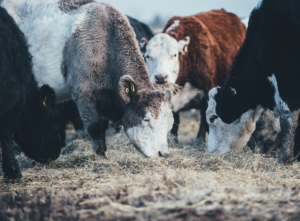
https://www.bc.edu/content/dam/files/schools/law/lawreviews/journals/bcealr/28_4/06_TXT.htm Jonathan Douglas Witten Abstract: Natural and built resources have finite capacities for assimilating growth and associated impacts. The use of analytical tools such as carrying

rom Wikipedia, the free encyclopedia https://en.wikipedia.org/wiki/Main_Page Tourism carrying capacity is a now antiquated approach to managing visitors in protected areas and national parks which evolved out
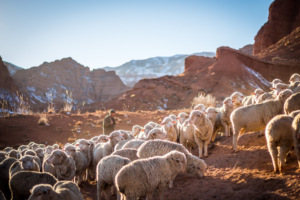
Aug 1, 2006 Jim Gerrish http://beefmagazine.com/mag/beef_stocking_rate_vs I’ve found recently that a number of cattlemen and other livestock producers really don’t understand the difference between stocking rate